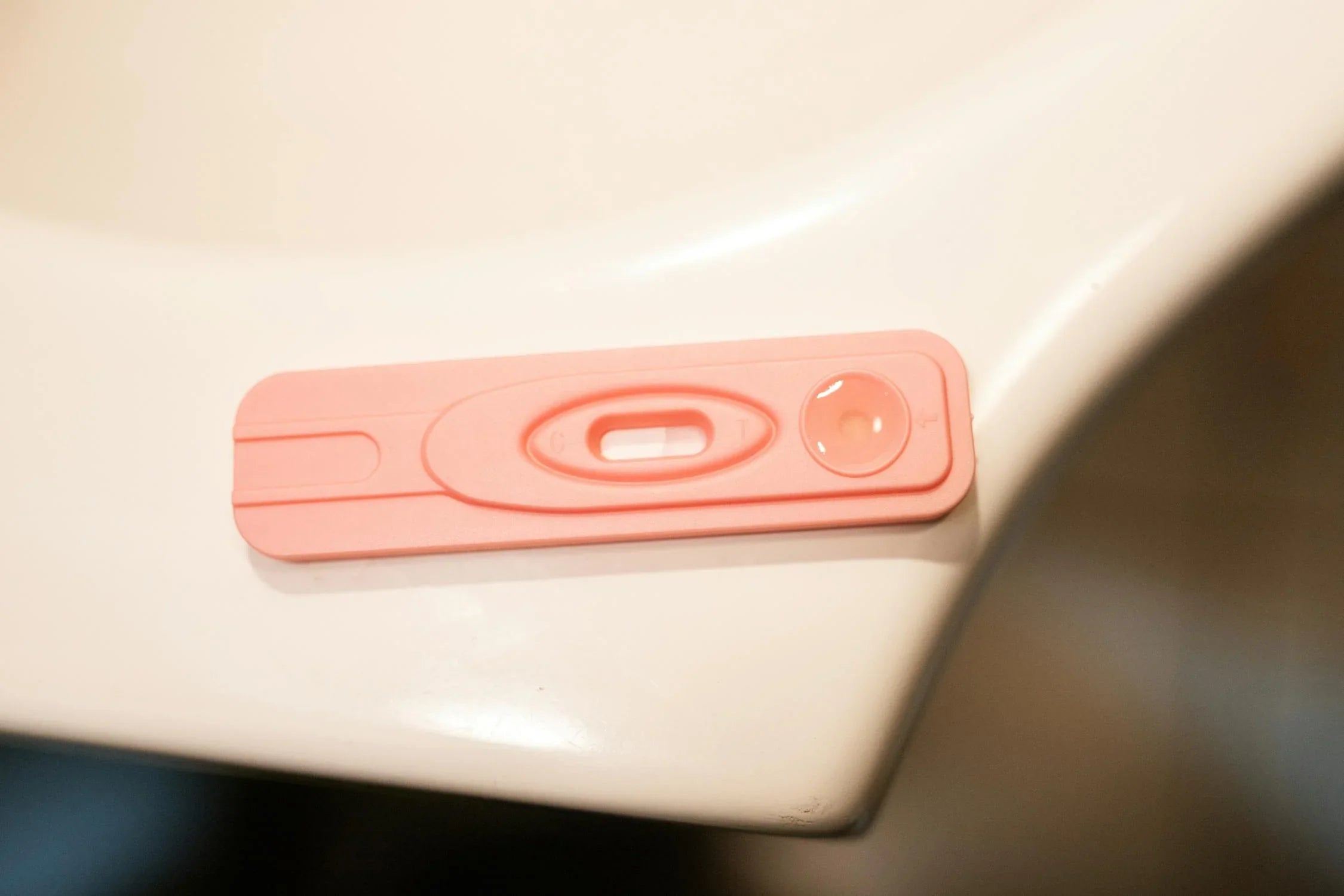Accueil
Pregnancy, Breastfeeding, and Pumping: The Ultimate Guide for Moms
How Soon to Do Pregnancy Test: Timing and Accuracy Explained

How Soon to Do Pregnancy Test: Timing and Accuracy Explained
When it comes to determining pregnancy, timing is everything. Taking a pregnancy test too early or too late can lead to inaccurate results, causing unnecessary stress or confusion. Understanding how soon to do a pregnancy test is crucial for obtaining reliable outcomes and making informed decisions about your health.
Understanding Pregnancy Tests
Pregnancy tests work by detecting the presence of human chorionic gonadotropin (hCG), a hormone produced during pregnancy. This hormone is released when a fertilized egg attaches to the uterine lining, and its levels increase rapidly in the early stages of pregnancy. Most home pregnancy tests are designed to detect hCG in urine, while blood tests conducted by healthcare providers can measure hCG levels more precisely.
When to Take a Pregnancy Test
The timing of a pregnancy test depends on several factors, including the sensitivity of the test and the regularity of your menstrual cycle. Here’s a breakdown of when to consider taking a test:
After a Missed Period
The most common recommendation is to take a pregnancy test after you’ve missed your period. By this time, hCG levels are typically high enough to be detected by most home pregnancy tests. If your cycle is regular, this is often the most reliable time to test.
Before a Missed Period
Some highly sensitive pregnancy tests claim to detect hCG levels as early as 6-8 days after ovulation. However, testing this early increases the risk of false negatives, as hCG levels may still be too low to detect. If you choose to test before your missed period, consider retesting a few days later for confirmation.
Irregular Cycles
If your menstrual cycle is irregular, determining the best time to take a pregnancy test can be challenging. In such cases, it’s advisable to wait at least 2-3 weeks after unprotected intercourse before testing. Alternatively, consult a healthcare provider for guidance.
Factors Affecting Test Accuracy
Several factors can influence the accuracy of a pregnancy test, including:
Test Sensitivity
Not all pregnancy tests are created equal. Some are more sensitive and can detect lower levels of hCG, while others require higher concentrations. Always check the sensitivity of the test before purchasing.
Time of Day
For the most accurate results, take the test first thing in the morning when your urine is most concentrated. This increases the likelihood of detecting hCG if it’s present.
Medications and Medical Conditions
Certain medications and medical conditions can affect hCG levels or interfere with test results. If you’re unsure, consult your healthcare provider for advice.
Interpreting the Results
Understanding how to interpret pregnancy test results is just as important as timing the test correctly. Here’s what to look for:
Positive Result
A positive result typically indicates pregnancy. However, false positives can occur due to certain medications, medical conditions, or an expired test. If you receive a positive result, confirm it with a healthcare provider.
Negative Result
A negative result may mean you’re not pregnant, but it could also be due to testing too early or using a less sensitive test. If you suspect you might still be pregnant, retest after a few days or consult a healthcare professional.
Invalid Result
An invalid result occurs when the test doesn’t work properly, often due to user error or a faulty test. If this happens, repeat the test using a new kit.
What to Do After Taking a Test
Once you’ve taken a pregnancy test, it’s important to take appropriate next steps based on the results:
Positive Result
If your test is positive, schedule an appointment with your healthcare provider to confirm the pregnancy and discuss your options. Early prenatal care is essential for a healthy pregnancy.
Negative Result
If your test is negative but you still suspect pregnancy, wait a few days and retest. If you continue to experience symptoms or miss your period, consult a healthcare provider.
Uncertain Results
If you’re unsure about the results or receive conflicting outcomes, seek medical advice. Your healthcare provider can perform a blood test or ultrasound to confirm pregnancy.
Tips for Accurate Testing
To ensure the most accurate results, follow these tips when taking a pregnancy test:
- Read the instructions carefully before use.
- Use the first urine of the day for testing.
- Check the expiration date of the test kit.
- Avoid drinking excessive fluids before testing, as this can dilute hCG levels.
- Wait the recommended amount of time before reading the results.
Common Myths About Pregnancy Testing
There are many misconceptions surrounding pregnancy tests. Here are a few common myths debunked:
Myth 1: You Can’t Get a False Positive
False positives can occur due to medications, medical conditions, or an expired test. Always confirm a positive result with a healthcare provider.
Myth 2: All Tests Are Equally Accurate
Test accuracy varies based on sensitivity and timing. Choose a test that aligns with your needs and follow the instructions carefully.
Myth 3: Testing at Any Time of Day Is Fine
For the most accurate results, test with your first morning urine when hCG levels are most concentrated.
When to Seek Medical Advice
If you’re experiencing symptoms of pregnancy but receiving negative test results, or if you’re unsure about the accuracy of your test, consult a healthcare provider. They can perform additional tests to confirm or rule out pregnancy and address any concerns you may have.
Understanding how soon to do a pregnancy test is key to obtaining accurate results and making informed decisions. By timing your test correctly, following best practices, and seeking medical advice when needed, you can navigate this important step with confidence. Whether you’re hoping for a positive or negative result, being well-informed ensures you’re prepared for whatever comes next.
Partager


